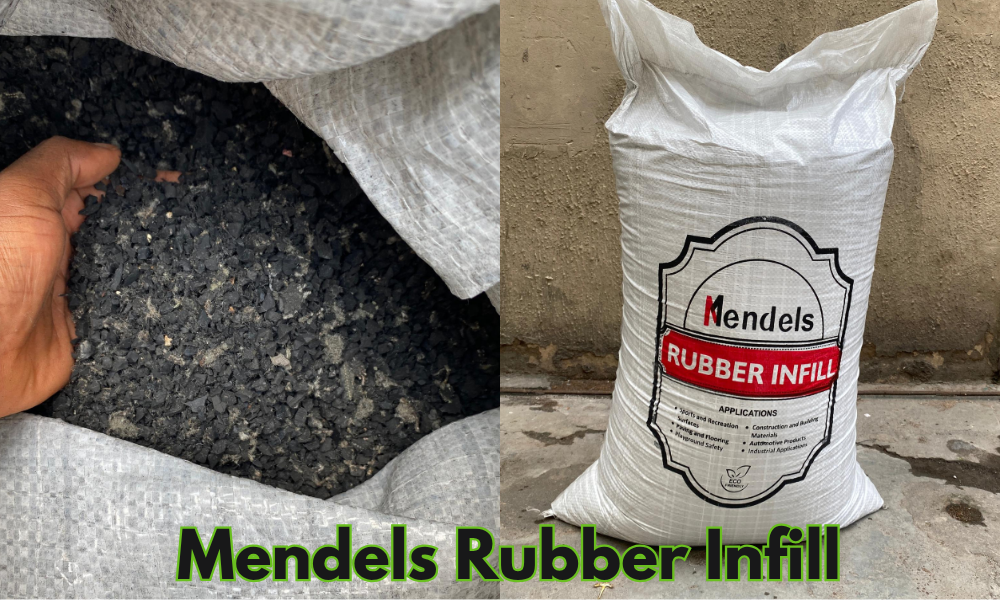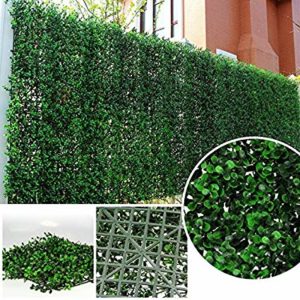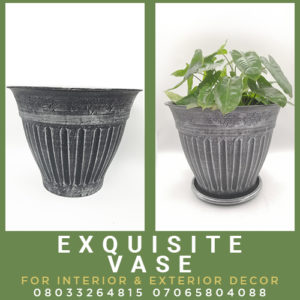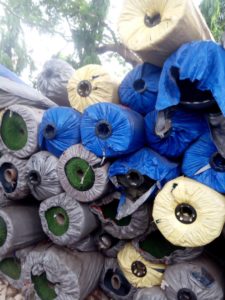As global conversations around climate change and sustainability intensify, the demand for environmentally responsible choices has reached the world of synthetic grass. One critical area of innovation is eco-friendly infill—the material layered between the blades of artificial turf.
Traditionally, turf systems used rubber or silica-based infill materials. But with increased focus on health, safety, and environmental impact, more organizations are turning to sustainable alternatives. So, is eco-friendly infill the future of sports turf? Let’s explore.
What Is Infill and Why Does It Matter?
Infill provides structure, resilience, and shock absorption to artificial turf. It keeps grass blades upright, improves playability, reduces injury risk, and enhances turf longevity. While conventional infill materials like crumb rubber are still widely used, they raise concerns around:
- Heat retention
- Microplastic pollution
- Chemical exposure
- End-of-life disposal
That’s where eco-friendly infill steps in—with solutions made from natural, recycled, or biodegradable materials.
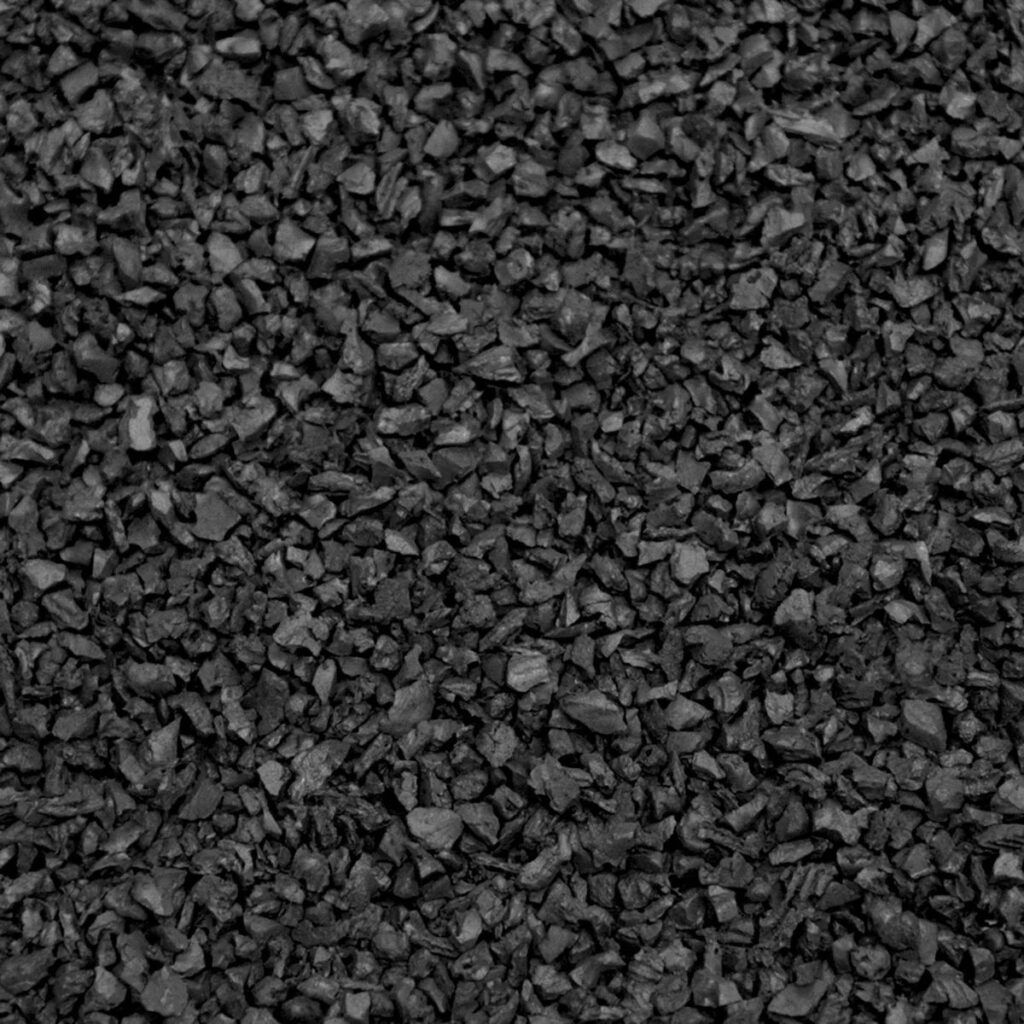
Types of Eco-Friendly Infill Options
Innovative companies are introducing sustainable infill materials that reduce environmental impact without sacrificing performance. Common types include:
1. Cork Infill
Made from renewable cork oak bark, cork is lightweight, biodegradable, and offers natural shock absorption. It also stays cooler than rubber.
2. Coconut Husk (Coir) Blends
Mixed with fibers or sand, coir infill is an organic, breathable alternative. It performs well in high-traffic sports settings and breaks down naturally over time.
3. Olive Pits
Crushed olive pits, a byproduct of the food industry, make durable, non-toxic infill. They’re heat-resistant, moisture-managing, and require less maintenance.
4. Walnut Shells
Hard-shelled and naturally antimicrobial, walnut shell infill offers another biodegradable option for safe sports play.
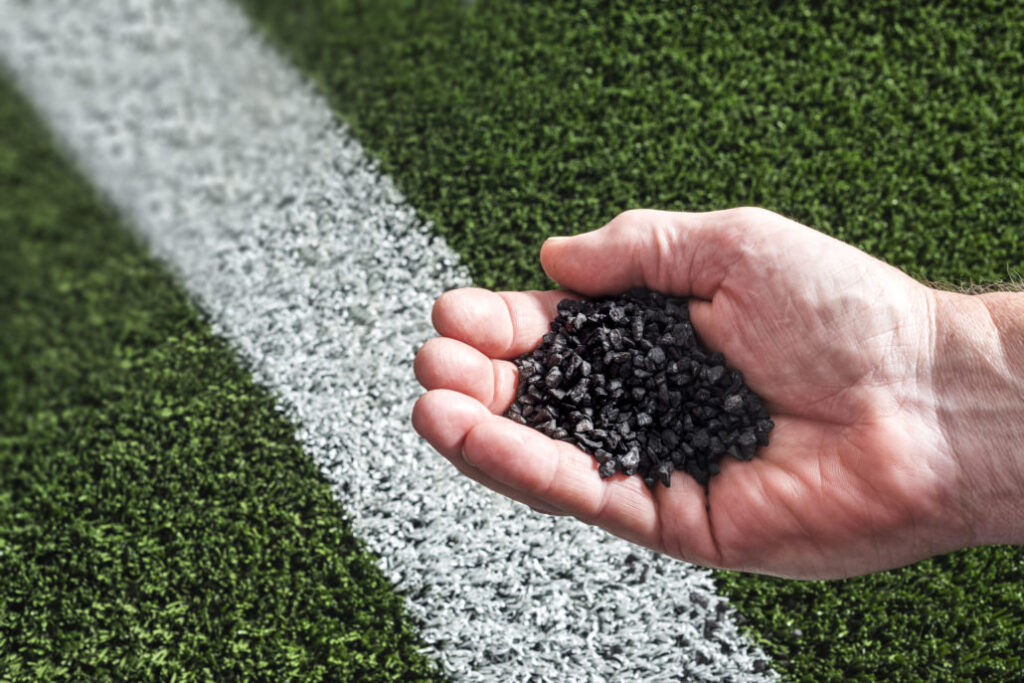
Advantages of Eco-Friendly Infill
Switching to eco-friendly infill offers multiple benefits beyond sustainability:
- Lower Surface Temperature: Organic materials absorb less heat
- Reduced Chemical Exposure: No petroleum-based components
- Safe for Kids and Pets: Naturally hypoallergenic and toxin-free
- Improved Water Drainage: Many allow for better rainwater flow
- Certifications: Many meet or exceed FIFA and ASTM performance standards
These advantages make eco infill an ideal choice for schools, sports clubs, and public facilities aiming to go green.
Are There Any Drawbacks?
Like all systems, eco-friendly infill has its trade-offs. It may:
- Be slightly more expensive upfront
- Require specialized installation knowledge
- Break down faster under extreme wear (depending on the material)
However, as the technology matures and demand increases, these barriers are gradually shrinking.
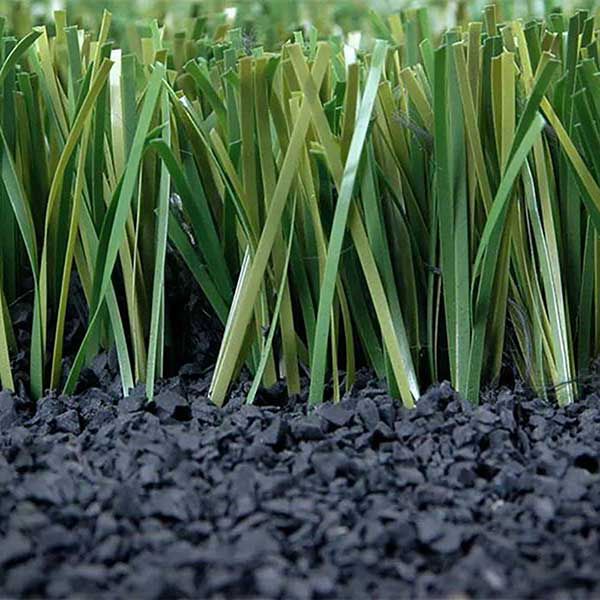
Is Eco-Friendly Infill the Future?
Given today’s environmental priorities, sustainable turf infill is more than a trend—it’s a logical progression in sports turf development. Major institutions, including FIFA and green building councils, are supporting eco turf solutions.
More suppliers are offering organic blends, and players are beginning to notice the difference in comfort and safety.
Final Thoughts
The shift toward eco-friendly infill reflects a growing awareness that sports performance and sustainability can go hand in hand. With improved comfort, safety, and environmental responsibility, these new materials are setting the standard for tomorrow’s turf systems.
Interested in making your next turf installation eco-friendly? Contact us for expert advice and certified green infill solutions.

